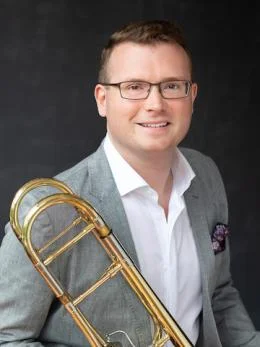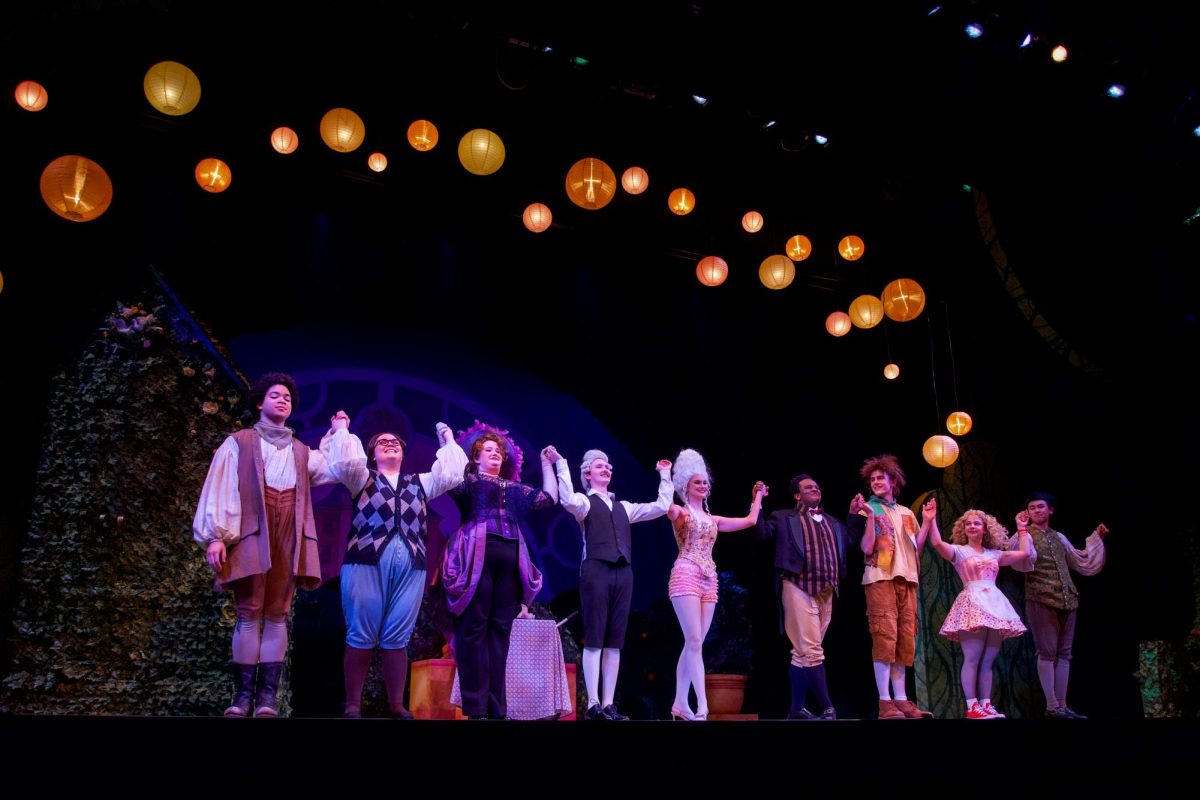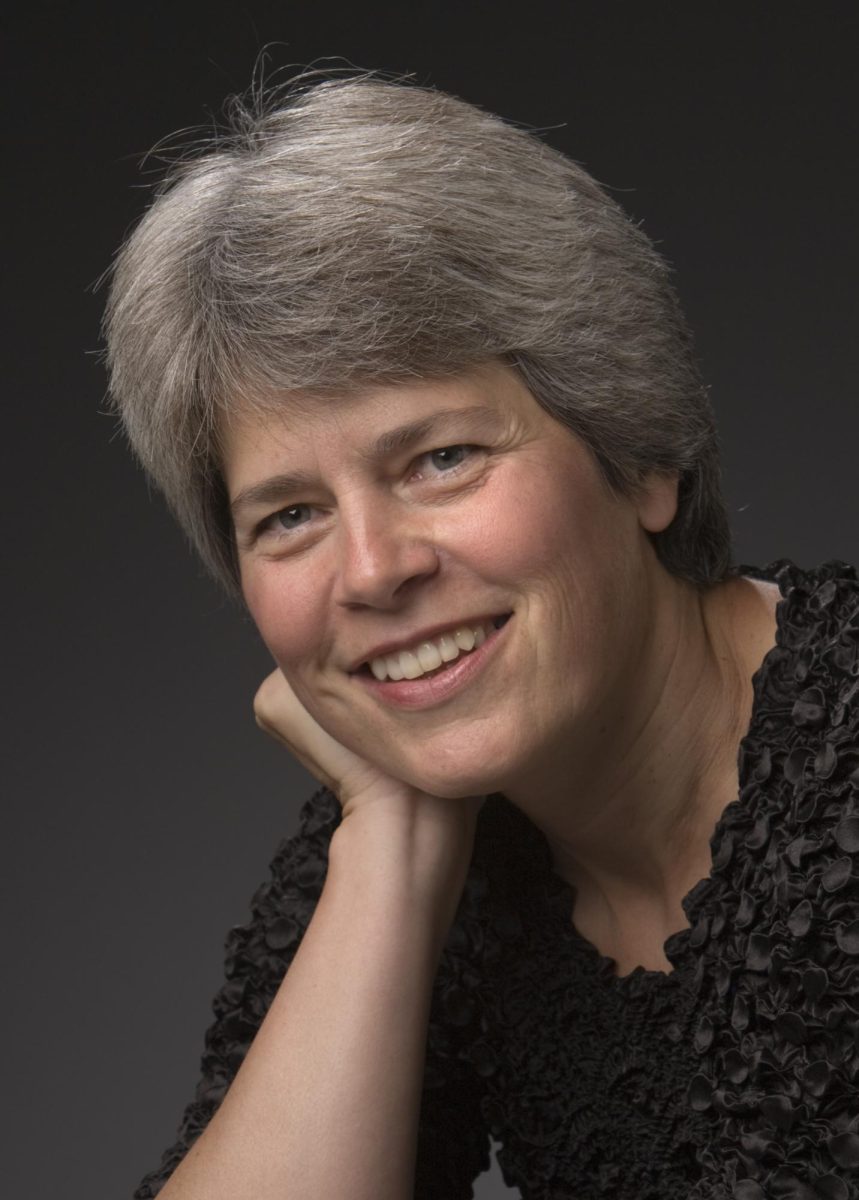On Feb. 7, the seemingly limitless reach of President Trump’s reshaping of Washington found its way to the John F. Kennedy Center for the Performing Arts. A concept first conceived by President Dwight D. Eisenhower in the 1950s and spearheaded financially by President John F. Kennedy before his assassination in 1963, the Kennedy Center has been the hallmark of performing arts in both the United States and across the globe. Its mission statement begins with its goal to “present classical and contemporary music, opera, drama, dance, and other performing arts from the United States and other countries” and extensively aims to broaden arts education. Importantly, it prides itself on its nonpartisanship and simultaneous bipartisanship; prior to Feb. 7, its 36-member board was split roughly between Democrat and Republican appointees, such as former President Joe Biden’s former Press Secretary Karine Jean-Pierre and President Trump’s former Secretary of Transportation Elaine Chao.
In a statement posted to his social media platform Truth Social, President Trump declared his intentions to purge a large portion of the board, including Chairman David M. Rubenstein, and install himself as the new chairman. These words were solidified by emails sent to various Board members’ inboxes from the presidential personnel office, titled “An Update from the White House” and containing notice of termination from their Board positions, effective immediately. The Kennedy Center confirmed these emails, and details were investigated by The New York Times. These actions have shaken the world of performing arts, inserting further uncertainty into a world already impacted by President Trump’s dissolution of the President’s Committee on Arts and the Humanities on his first day in office in his flurry of Biden-era effort reversals.
“Clearly, [Trump] doesn’t really value art from shutting down the President’s Committee,” double-degree second-year Zosia Mateja said. “I’m not really sure what he plans to do with the Kennedy Center. What this makes me think of is not an exact parallel, but similar to how the Russian government controlled art for a very, very long time and how composers have been forced to compose national art and have faced consequences for their identities. I’m scared for what kind of censorship could emerge from direct executive control of a prominent arts institution.”
Double-degree second-year Sébastien Tsai expressed shock at the news.
“I’ve always considered the Kennedy Center as being one of the most prestigious concert venues in the world of classical music,” Tsai wrote in a message to the Review. “To be completely honest, I was unaware that the Kennedy Center’s board was under presidential/executive jurisdiction, so my first reaction was mostly surprise. Since then, I’ve kind of thought of it as a stunt on his end — an easy way for him to score points with his base.”
On Monday, President Trump spoke to reporters about his intentions with the Kennedy Center; his comments were reported by The New York Times.
“‘We don’t need woke at the Kennedy Center,’ [Trump] added,” the article reads. “‘Some of the shows were terrible. They were a disgrace that they were even put on. So I’ll be there until such time as it gets to be running right.’”
“Honestly, as a female musician particularly, it makes me scared for how my future will look,” Mateja said. “Will Trump want female musicians in the future? I don’t know. Will auditions stop being screened? Is the screen going to be viewed as a DEI mechanism? I don’t know.”
On the evening of Feb. 7, the Kennedy Center issued a statement noting that they “have received no official communications from the White House regarding changes to our board of trustees” but conceding that “there is nothing in the Center’s statute that would prevent a new administration from replacing board members; however, this would be the first time such action has been taken with the Kennedy Center’s board.” Since that announcement, the 18 members that received the presidential personnel office’s notice have been removed from the Kennedy Center’s Board of Trustees page, including Chairman Rubenstein, who has been moved to the “Chairmen Emeriti” section of the page. Then, on Wednesday, President of the Kennedy Center Deborah F. Rutter was fired from her position to be replaced with loyalist Richard Grennell as interim president and simultaneously President Trump was confirmed as the Chairman. He filled the 18 vacant spots with loyalists, such as Usha Vance, wife of Vice President J.D. Vance.
“This is nothing new in terms of Presidents appointing loyalists to executive positions, but it certainly is violating precedents and norms with respect to the Kennedy Center,” Assistant Professor of Politics and Comparative American Studies Jenny Garcia said. “[Trump] said going into this Administration he wanted to reclassify civilian positions so that he could appoint loyalists, so this action falls within this vein.”
Professor Garcia specializes in congressional politics and teaches a course on presidential power. She reaffirmed that Congress is in charge of allocating funding for the Kennedy Center, meaning that President Trump’s present actions will not affect funding to the Kennedy Center. It should be noted, however, that Congress reduced arts funding during President Trump’s first term. Congress’s next fiscal year begins in March 2025, an extension from the normal deadline, so any funding concerns would emerge only then.
“Speaking personally, my heart goes out to all the workers who work there, especially the Board members being fired,” Cendan Dillon, OC ’24, said. “So many federal employees are in limbo with their jobs right now, and I can imagine now that everybody who’s working at the Kennedy Center probably feels the same way. As for the musicians who perform there and the artists who perform there, I won’t be shocked if many of them drop their contracts or leave their positions because of this, and I don’t judge anybody who stays or goes.”
“But I don’t think anything’s going to stop me from being a musician, and nothing’s going to stop my colleagues from being musicians,” Dillon added. “At the end of the day, creating art, creating music can be a form of protest, and the government can’t take that away.”




